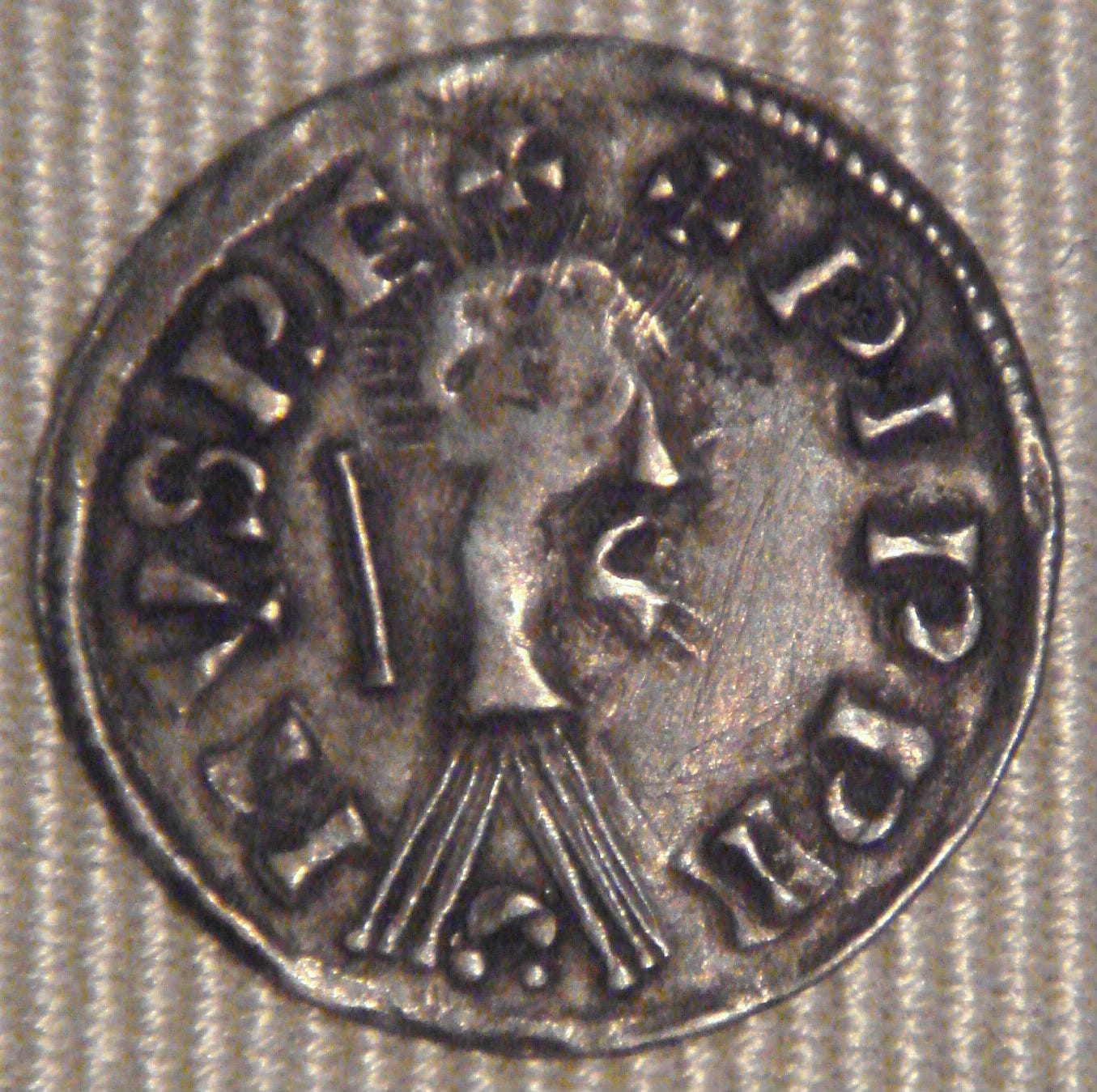Pépin’s 826 Toll Exemption and What It May Tell Us About Viking Activity During a “Quiet” Decade.
A Deep Dive into the Viking Invasions of Western France — Episode 3
Last week, we looked at the Viking attack on the island of Bouin in 820 within the context of the 819 charter to move the monastery of Saint Philbert to Déas during raiding season. After that, the record thins. The Annals of Saint-Bertin do not begin until the 830s, so the Loire coast in the 820s sits in a quiet patch. That’s where one surviving charter picks up the thread.
On 18 May 826, at Pierrefitte, Pépin I of Aquitaine confirmed an earlier precept of Louis the Pious and granted Saint-Philibert six boats free of tolls across his rivers. It reads like policy aimed at keeping a stressed economy moving. The monastery of Saint Philbert had split its life between Herio (Noirmoutier) offshore and Déas on the mainland near Grand Lieu Lake, and boats tied that system together.
The document is plain about scope and purpose:
“…immunes ab omni teloneo … per alveum Ligeris, Helerium, Carim … per caetera diversa flumina ob necessitates ipsius monasterii fulciendas.”
“free from every toll … on the Loire, the Allier, the Cher … and on other rivers to support the needs of the monastery.”
It also bans named exactions “in the common tongue,” the small bites that stack up on every landing:
“Nullus … teloneum, quod vulgari sermone dicitur ripaticum aut portaticum aut salutaticum … aut coenaticum … audeat.”
“No one may dare exact any toll called river-toll, port-toll, greeting-toll … or lodging-toll …”
And it sets the operating rule with the river list:
“cum eisdem sex navibus libere ire et redire sive per Ligerem, Helarium, Carim, Dordoniam, Garonnam…”
“with those same six ships free to go and return on the Loire, Allier, Cher, Dordogne, Garonne …”
Trade is allowed when needed:
“Quod si mercandi vel vendendi gratiam … facient, … nihil … ab eis exigi praesumatur.”
“If they need to buy or sell, they may do so, and nothing is to be demanded from them.”
What does this document tell us? The island’s economic output mattered to Pepin. Letting Saint Philibert fail would have choked off the goods and revenue he relied on. He stepped in to rescue the house so its value to him would not collapse. The aim is stated in the text—“to support the needs of the monastery.” Needs, not luxuries.
Here is where the narrative gap forces us to reason from context. We have 820 (Bouin) as a shock event. We have 819 as institutional adaptation in the move to Déas because of “frequent incursions.” Then we have 826 as fiscal relief. The charter never says “raids” or “salt.” It does not list cargoes, nor does it show a ledger. Yet the policy fits a house trying to keep supply lines working in a decade when violence and petty dues made movement fragile. Certain historians, whose works focus on the pilgrimages of the monks of Saint Philbert during the Viking Age, have pointed to the charter as telling. The picture that emerges is an organization under strain, either due to prior and/or continuing economic disruption from Viking raids.
There are other readings worth keeping in view. Rulers granted toll relief for reasons that were not always tied to a crisis. For example, they sometimes granted favor to an abbey for helping them with a spiritual problem, or to atone for something bad that they did, or simply piety dressed as policy. Some of the terms in the toll list vary across copies. River names show minor spelling shifts in different editions. We should admit the seams.
Even with that caution, the shape holds. If you strip away the narrative silence of the 820s, you see a line of practical measures: move inland for safety, protect the boats that move goods, and cut the fees that make each trip cost more than it yields. In short, 826 is a tool to keep cash flow and provisioning from stalling while the coast remained unstable.
Where the annals pick up in the 830s, we see that this lull is likely in pen only, and that the waters off the coast of Brittany and Aquitaine were infested with Odin’s sharks. That’s where we will pick up next week: with the unfolding drama of repeated incursions on the island of Noirmoutier and the exceptional move by Pepin to grant them a charter to build a castrum to defend themselves.
If you can’t wait until next week to hear about it, live it in my first novel, The Lords of the Wind, which culminated in the epic battle on the island of Noirmoutier between a Frankish army and the most notorious Viking warlord of them all, Hasting.



